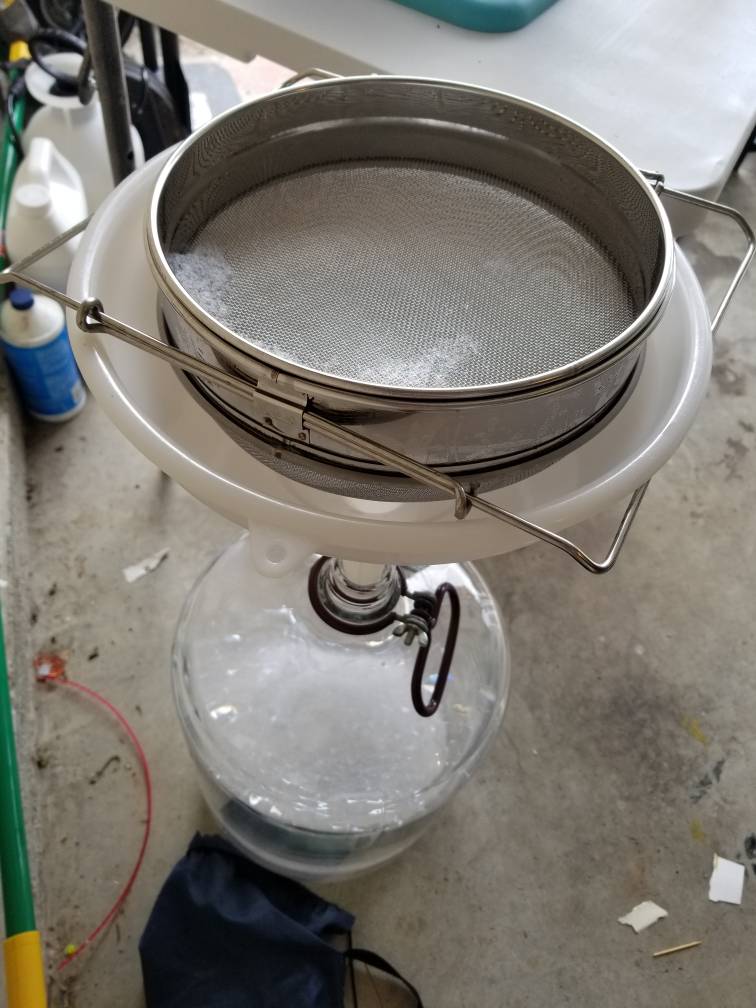lowtones84
Well-Known Member
Hey all,
Brewing an IPA with 5 oz. of whirlpool hops today. Typically I transfer from kettle to carboy through a wire sieve to eliminate most of the junk before going into the vessel, but I'm wondering if I'll be losing something when doing a healthy whirlpool addition like that. Thoughts? I've only done a couple of oz. before, somewhat new territory for me.
Thanks!
Brewing an IPA with 5 oz. of whirlpool hops today. Typically I transfer from kettle to carboy through a wire sieve to eliminate most of the junk before going into the vessel, but I'm wondering if I'll be losing something when doing a healthy whirlpool addition like that. Thoughts? I've only done a couple of oz. before, somewhat new territory for me.
Thanks!
Last edited:




